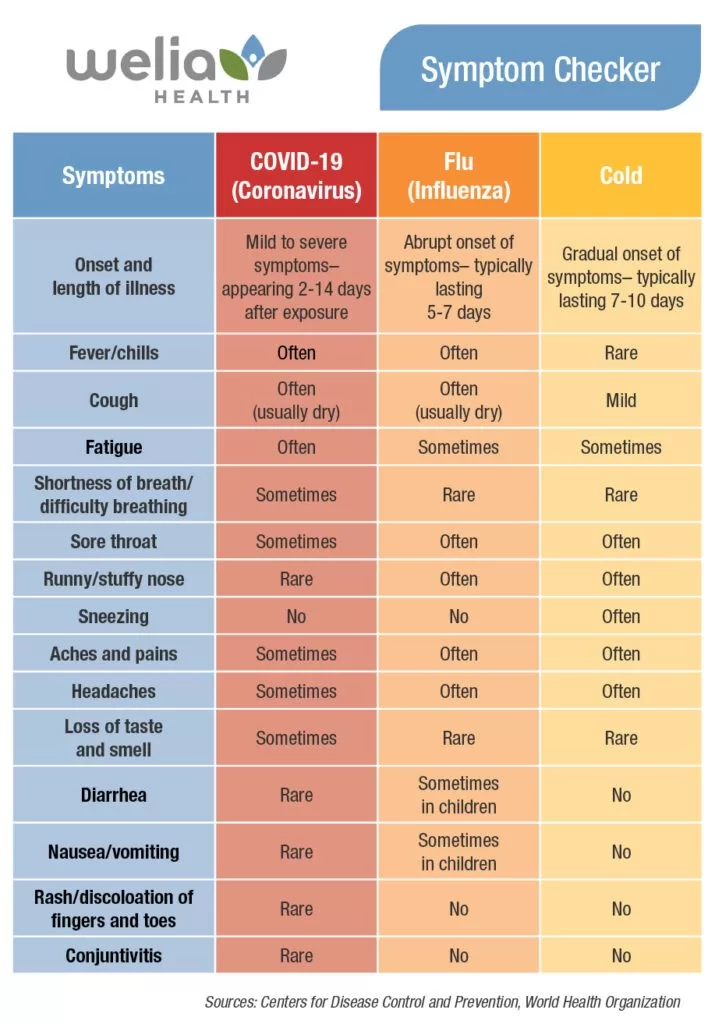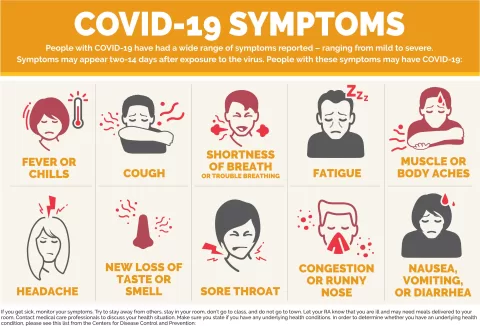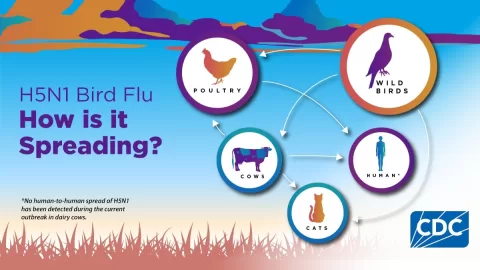The analysis of COVID-19 symptom search trends has become an essential tool in public health data research, providing valuable insights into how the population’s concerns evolve over time. As the pandemic has unfolded, the trending symptoms that people are searching for online can reflect the real-time impact of the virus and its variants on communities across the nation. By examining search trends for COVID-19, researchers can establish connections between public interest in different symptoms and actual infection rates, contributing to more informed COVID-19 predictions. This innovative approach leverages a comprehensive symptoms dataset that includes over 400 health indicators, enabling the identification of patterns that may precede a surge in cases. Ultimately, analyzing these search trends for COVID-19 can significantly enhance our understanding of the pandemic and inform strategies for public health interventions.
Exploring the online inquiries related to COVID-19 symptoms uncovers a wealth of public health insights. The recent surge in digital searches concerning health conditions during the pandemic illustrates a growing need for accessible information on symptoms associated with the virus. Utilizing symptom-related search data allows researchers to correlate trends with viral outbreak patterns, offering a glimpse into community health behaviors. This methodology aligns with innovative research efforts that aim to harness online search behavior to predict health crises, thereby improving preparedness and response strategies. With the introduction of a robust dataset capturing these search trends, researchers are equipped to contribute meaningfully to ongoing discussions in COVID-19 research.
Understanding COVID-19 Symptom Search Trends
In the wake of the COVID-19 pandemic, understanding the symptoms that are most frequently searched can provide valuable insights into public health concerns. COVID-19 symptom search trends reveal patterns of anxiety and interest among the population regarding potential infection. By analyzing this data, researchers can correlate spikes in certain symptom-related searches—like cough, fever, or shortness of breath—with potential surges in COVID-19 cases. Such search trends enable early detection of outbreaks, providing public health officials a vital tool for intervention strategies.
To comprehend these trends further, researchers utilize a comprehensive symptoms dataset that captures the nuances of healthcare-seeking behavior in real-time. This dataset not only offers insights into individual symptoms but also encompasses a broader spectrum of health conditions that may be impacted by COVID-19. The relationship between symptom searches and COVID-19 predictions is crucial in building effective response models and formulating guidelines that reflect the current state of public health.
Frequently Asked Questions
How can search trends for COVID-19 symptoms inform public health research?
Search trends for COVID-19 symptoms provide valuable insights into the public’s health inquiries, helping researchers gauge the impact of the virus. By analyzing symptom-related searches, public health officials can better understand emerging health trends, potentially identifying outbreaks before they manifest in clinical settings.
What is included in the COVID-19 symptoms dataset?
The COVID-19 symptoms dataset includes anonymized search trend data for over 400 symptoms, such as fever and cough, collected at the county-level in the U.S. This dataset helps researchers visualize and model how public searches correlate with the spread of COVID-19 and other health conditions.
How do search trends for COVID-19 relate to predictions of virus outbreaks?
Analyzing search trends for COVID-19 can enhance prediction models by identifying increased interest in specific symptoms, which may suggest rising case numbers. This early indicator can assist public health officials in preventing and managing outbreaks effectively.
What role do search trends play in understanding secondary health effects of COVID-19?
Search trends associated with COVID-19 symptoms can help researchers explore the secondary health effects of the pandemic, such as anxiety and other stress-related conditions. By analyzing these trends, public health data can inform support systems and interventions needed to address these issues.
What privacy measures are in place for the COVID-19 symptoms dataset?
The COVID-19 symptoms dataset employs differential privacy technologies, which ensure that individual search queries remain anonymized while maintaining the quality of the aggregate data. This approach protects user privacy and encourages broader research collaborations without compromising sensitive information.
Where can researchers access the COVID-19 symptoms dataset?
Researchers can access the COVID-19 symptoms dataset through Google Cloud’s COVID-19 Free Public Dataset Program and download it in CSV format from the Open COVID-19 Data GitHub repository. This resource is intended for public health research during the pandemic.
How have COVID-19 symptom search trends changed during the pandemic?
COVID-19 symptom search trends have evolved significantly during the pandemic, reflecting public concern over varying symptoms and emerging variants. Researchers analyze these trends to determine patterns and seasonal fluctuations in health-related searches, contributing to a comprehensive understanding of the pandemic’s trajectory.
Can search trends for COVID-19 symptoms help improve healthcare access?
Yes, by analyzing COVID-19 symptom search trends, public health officials can identify areas with rising concerns, which may inform targeted healthcare resources and interventions, ultimately improving access to care for affected populations during the pandemic.
What types of symptoms have been most frequently searched during the COVID-19 pandemic?
Throughout the COVID-19 pandemic, symptoms such as fever, cough, and difficulty breathing have been frequently searched. The COVID-19 symptoms dataset tracks such trends, providing insights into public awareness and concern over specific health indicators related to the virus.
How does this dataset support future COVID-19 research efforts?
The COVID-19 symptoms dataset is a critical resource for ongoing research, offering insights into symptom prevalence and public health responses. By analyzing these search trends, researchers can inform better preventative measures and understand patterns that aid in future pandemic response efforts.
| Key Point | Details |
|---|---|
| Purpose of Dataset | To study the link between symptom-related searches and the spread of COVID-19. |
| Dataset Features | Contains anonymized search trends for over 400 symptoms, including cough, fever, and difficulty breathing. |
| Geographic Coverage | Data available at the U.S. county-level for the past three years. |
| Public Health Applications | Supports the tracking and forecasting of COVID-19 by analyzing symptom-related search trends. |
| Privacy Protection | Utilizes differential privacy to protect individual data while maintaining data utility. |
| Future Plans | Dataset will expand to include additional countries and regions, based on feedback. |
Summary
COVID-19 symptom search trends are invaluable for understanding the pandemic’s impact on public health. By analyzing search data related to COVID-19 symptoms, researchers can gain insights into the disease’s spread and reemergence in different areas. The use of a comprehensive dataset covering over 400 symptoms at a localized level provides crucial information for predicting outbreaks and addressing secondary health effects caused by the pandemic. This dataset, protected by advanced privacy measures, not only facilitates timely health insights but also underscores the importance of leveraging digital tools in ongoing health research efforts.
The content provided on this blog (e.g., symptom descriptions, health tips, or general advice) is for informational purposes only and is not a substitute for professional medical advice, diagnosis, or treatment. Always seek the guidance of your physician or other qualified healthcare provider with any questions you may have regarding a medical condition. Never disregard professional medical advice or delay seeking it because of something you have read on this website. If you believe you may have a medical emergency, call your doctor or emergency services immediately. Reliance on any information provided by this blog is solely at your own risk.








